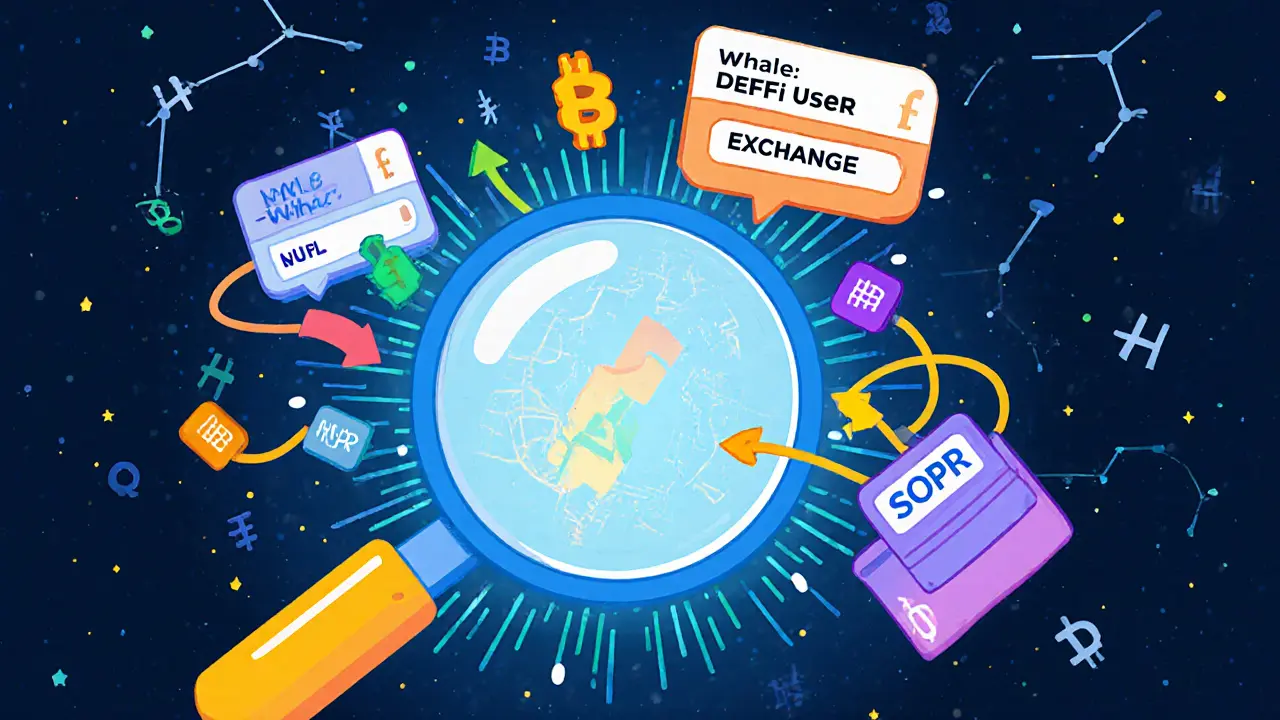Blockchain: Guides, Risks, and Enterprise Solutions
When working with Blockchain, a decentralized digital ledger that records transactions across many computers. Also known as a distributed ledger, it removes the need for a central authority and makes data tamper‑resistant. Blockchain encompasses consensus mechanisms, requires robust security measures, and powers everything from crypto coins to supply‑chain tracking. In practice, a blockchain’s health depends on how well its consensus layer coordinates nodes and how strong its defenses are against fraud.
Key concepts you’ll master
Understanding Consensus Mechanism, the rule set that tells nodes how to agree on the next block is essential for any business that wants to adopt blockchain tech. Enterprise‑grade options like Proof of Authority, IBFT, Raft, and PBFT each trade speed, fault tolerance, and decentralization differently, so picking the right one hinges on your use case. These mechanisms help prevent double‑spending attacks—situations where the same tokens are spent twice. Speaking of which, the Double‑Spending Attack, a fraud technique that exploits transaction timing or network control comes in several flavors: race attacks, Finney attacks, and the infamous 51 % attack. Consensus design directly influences how vulnerable a network is to each type, making security choices a matter of real‑world risk management rather than theory.
Another piece of the puzzle is the Blockchain Bridge, a system that lets assets move between separate blockchains. Bridges can be trusted, relying on a central operator, or trustless, using smart contracts and cryptographic proofs. The right bridge design balances speed, fees, and security for your specific scenario—whether you need fast swaps for DeFi or ultra‑secure transfers for institutional finance. Bridges enable assets to move across blockchains, expanding the utility of every network they connect. Below you’ll find in‑depth guides that walk you through consensus choices for enterprises, detailed breakdowns of double‑spending methods, and side‑by‑side comparisons of trusted versus trustless bridge architectures. Dive in to get the practical insights you need to make informed decisions about building or securing your blockchain projects.

15
Dec
DLT and blockchain are often used interchangeably, but they're not the same. Blockchain is just one type of distributed ledger technology. Learn the key differences in structure, speed, use cases, and when to use each.
Read More

10
Dec
Optimistic and ZK-Rollups are Ethereum's top Layer 2 scaling solutions. Learn how they differ in speed, cost, privacy, and developer experience to choose the right one for your needs.
Read More

28
Nov
Blockchain technology is a secure, decentralized digital ledger that powers Bitcoin and much more. Learn how it works, why it matters in 2025, and how beginners can start using it without technical expertise.
Read More

25
Nov
Blockchain is cutting insurance fraud by creating tamper-proof records, automating claims, and enabling cross-insurer verification. Learn how it works, where it's succeeding, and why it's not a silver bullet.
Read More

18
Nov
A 51% attack lets a single entity control more than half of a blockchain's mining power to reverse transactions and double-spend coins. Small cryptocurrencies are vulnerable - Bitcoin isn't. Here's how it works and how to stay safe.
Read More

18
Nov
NFTs in entertainment are transforming how music, film, and gaming creators connect with fans. From royalty-sharing music NFTs to exclusive film collectibles, blockchain is enabling direct fan engagement and new revenue models.
Read More

15
Nov
Over-collateralization in crypto lending means depositing more crypto than you borrow to protect lenders from price swings. It's the foundation of DeFi loans, enabling secure borrowing without credit checks - but it comes with risks and costs.
Read More

12
Nov
NFTs are revolutionizing how digital and physical art are authenticated, using blockchain to create tamper-proof ownership records. Learn how QR codes, NFC chips, and digital watermarks stop forgery and give collectors confidence.
Read More

31
Oct
Understand the difference between hard forks and soft forks in cryptocurrency. Learn how they affect network upgrades, your coins, and why some changes split blockchains while others don't.
Read More

19
Oct
Hash rate and mining difficulty are locked in a self-regulating cycle that keeps Bitcoin's block time at 10 minutes. As more miners join, difficulty rises to maintain stability - ensuring security and predictability for the entire network.
Read More

3
Oct
Discover the key differences between trusted and trustless blockchain bridge designs, their security, speed, fees, and which is best for your use case.
Read More

1
Oct
On-chain data mining reveals real crypto behavior through public blockchain records. Learn key metrics, tools, and how to separate signal from noise in crypto markets.
Read More











